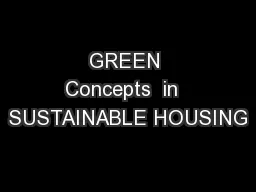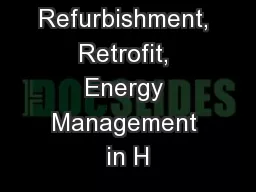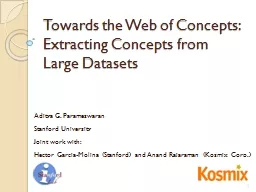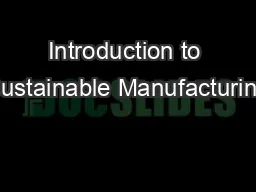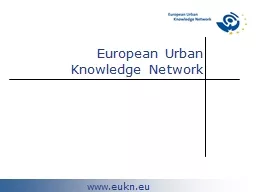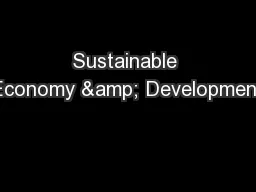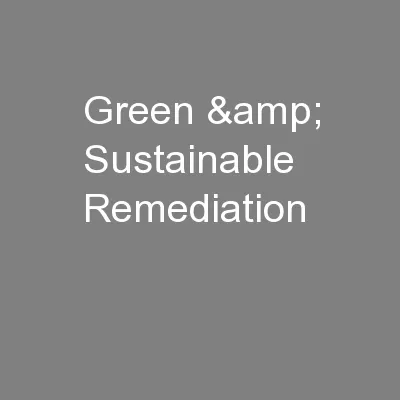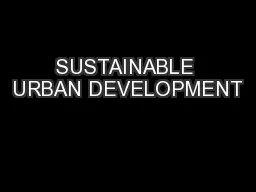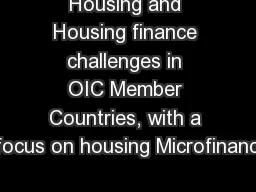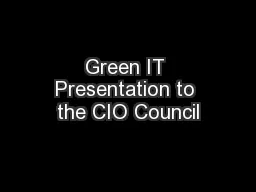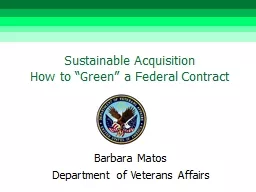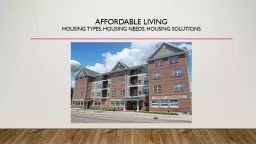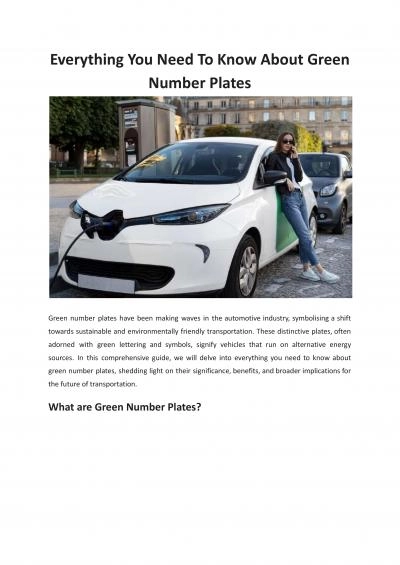PPT-GREEN Concepts in SUSTAINABLE HOUSING
Author : briana-ranney | Published Date : 2018-03-14
Sudarshan Raj Tiwari Conceptualizing Green Plants display an amazingly sophisticated synthesis of the universal ecology of the five elements and environmental
Presentation Embed Code
Download Presentation
Download Presentation The PPT/PDF document "GREEN Concepts in SUSTAINABLE HOUSING" is the property of its rightful owner. Permission is granted to download and print the materials on this website for personal, non-commercial use only, and to display it on your personal computer provided you do not modify the materials and that you retain all copyright notices contained in the materials. By downloading content from our website, you accept the terms of this agreement.
GREEN Concepts in SUSTAINABLE HOUSING: Transcript
Download Rules Of Document
"GREEN Concepts in SUSTAINABLE HOUSING"The content belongs to its owner. You may download and print it for personal use, without modification, and keep all copyright notices. By downloading, you agree to these terms.
Related Documents

